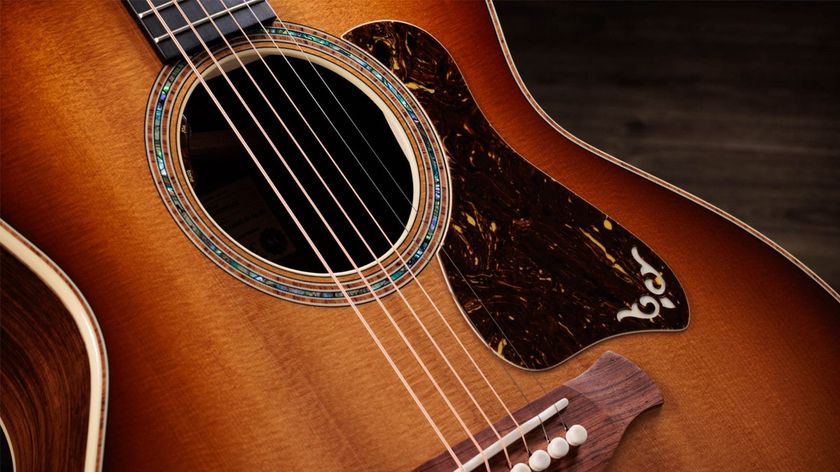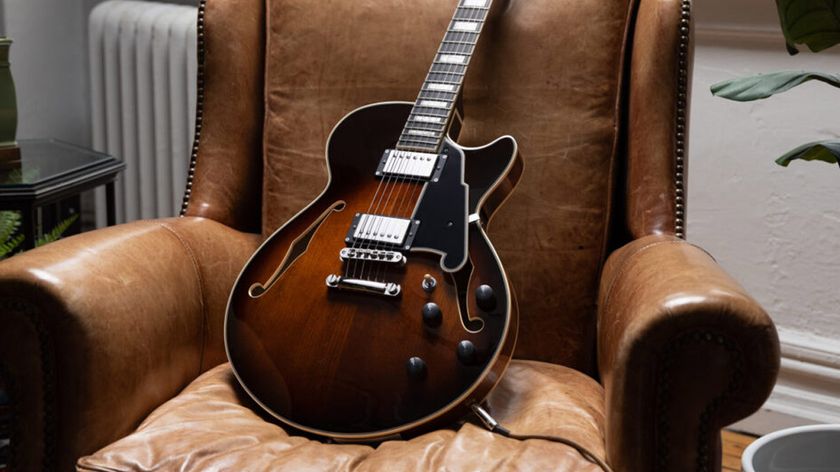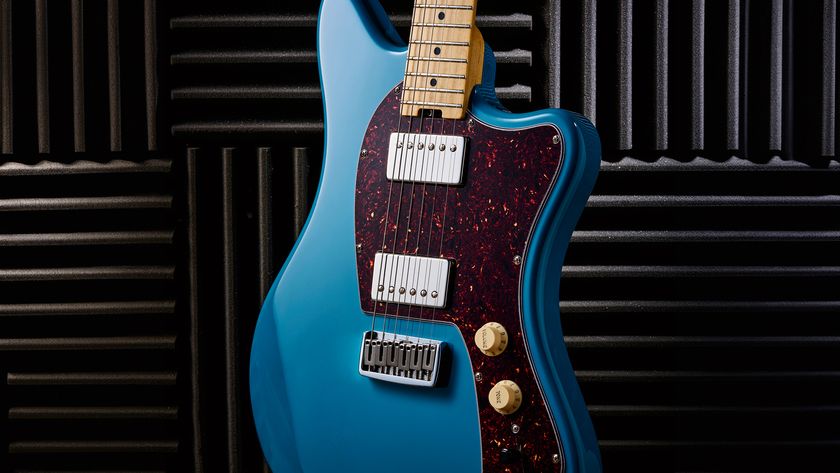Guitar World Verdict
The MX5 feels like a more powerful beast than the full-fat floorboard did on its original release. It’s priced competitively, and can replace several pedals on a compact ’board.
Pros
- +
The 4” touchscreen makes editing chains a breeze.
- +
Expression pedal is assignable on a per-patch basis.
- +
Can be used as a recording interface and re-amp box via USB.
- +
Compact.
Cons
- -
Can only control three effects in a more complex chain via footswitches.
You can trust Guitar World
Back in 2017, the flagship HeadRush Pedalboard set a new benchmark for realistic amp modelling at an affordable price-point.
The MX5 promises to take all the learnings of the floorboard, and distil them down to a compact, affordable core. Does it deliver?
Our usual benchmark is whether we can get a decent patch going without using the manual. This proves easy, thanks to the touchscreen, and we’re up-and-running with a great Klon emulation into a pitch-shifted delay in no time.
Lessons from the company’s previous products, and firmware updates in the intervening years, reveal a much-improved UI that’s lightning-fast to learn and quick to make edits. Complex chains are a breeze, with user-friendly tips for assembling mono or stereo rigs.

Once we’d found the right output level, we found the pedal as realistic as the larger HeadRush, whether into reference monitors, or recording into a DAW.
Disabling the emulated amps, we ran the pedal into a low-wattage EL84 tube amp, and found that it had no trouble pushing the amp into saturation with its overdrive and boost models. Like the flagship HeadRush, the amps and cabs are flawless, and the flexibility of mic models is a pleasant bonus.
However, the unit does suffer from the same issue as the bigger floorboard in that not all its effects are as inspiring to us as the ones found in competitor units from Boss or Line 6.
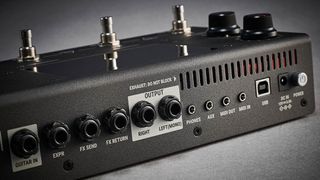
The multi-function footswitches are assignable, making it easy to switch on and off effects in the chain you’ve assembled. However, this is also where the MX5’s biggest drawback lies. You can assemble chains of almost arbitrary complexity, but unlike the larger floorboards, you can only control three effects in a more complex chain.
With the MX5 you can use the send/return loop to put in extra standalone stompboxes you may own. On a smaller ’board, then, the MX5 could be used as a digital effect, amp and cab sim at the end of a chain.
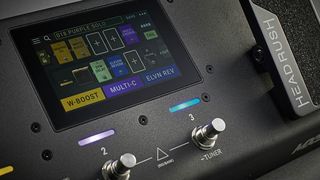
You could use the MX5 to replace a Whammy, delay, reverb and modulation, with control over all four effects. You could then place a standalone distortion or boost in the effects loop, and then have the MX5 also provide a virtual amp and cab to send direct in to a PA.
In conclusion, the MX5 feels like a more powerful beast than the full-fat floorboard did on its original release. It’s priced competitively, and can replace several pedals on a compact ’board. For players assembling complex but static chains it might even replace a whole pedalboard.
Specs
- PRICE: $/£399
- TYPE: Amp modeler and multi-effects unit
- SCREEN: 4” touch screen
- FOOTSWITCHES: 3
- FEATURES: Expression pedal, looper, 50 amp models, 15 cab models, 10 virtual mics, 300 IRs, 65 effects
- CONTACT: HeadRush FX
Alex Lynham is a gear obsessive who's been collecting and building modern and vintage equipment since he got his first Saturday job. Besides reviewing countless pedals for Total Guitar, he's written guides on how to build your first pedal, how to build a tube amp from a kit, and briefly went viral when he released a glitch delay pedal, the Atom Smasher.

“All of a sudden, my occasional-use pedal has gone to something that can live on the ’board”: That Pedal Show’s Mick Taylor sparks inspired change that sees the Argo Boost Deluxe serve octave fuzz and boost tones in one unit

“It can make you a legato monster like Satch, give you EVH-level tapping skills, or turn your guitar into a synth sequencer”: DigiTech HammerOn review



